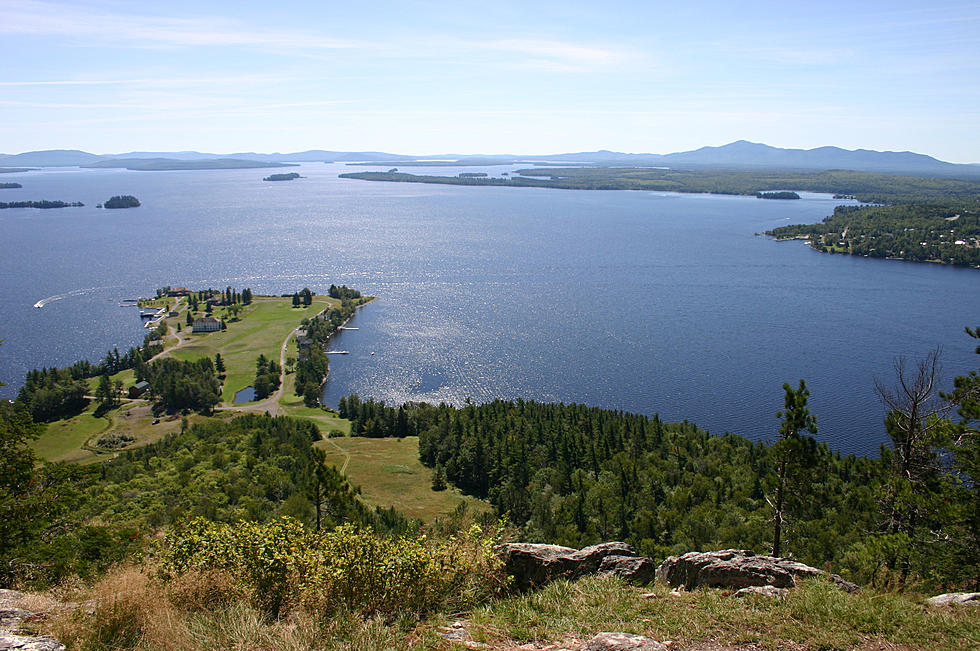
Don’t Miss These Fall Meteor Showers
The arrival of fall ushers in the season of pumpkin spice everything, Bean Boots become everyday footwear, flannel isn't just for lazy Sundays, falling leaves and falling stars.
Fall is an active season for meteor showers. It's also the last few meteor showers you can view without freezing to the bone. Maine is a great place to see some of the best meteor showers of the year. It's not very hard to find dark areas away from light pollution to get a clear view of the night sky.
The first fall meteor shower is a very hit-or-miss light show. Some years the Draconid meteor shower features bright and fast outbursts of shooting stars. Other years you'll be lucky the see a few streak across the night sky. This year the Draconids are predicted to be in outburst, meaning you could see as many as 45-50 per hour. Unfortunately the nearly full moon may wash everything out. Space.com says the peak of the meteor shower will be Oct. 8, overnight into early morning, Oct. 9.
Later in October, the tail of Halley's Comet produces a quality light show. The Orionid meteor shower are some of the fastest and brightest meteors you'll see. Space.com predicts the peak overnight Oct. 22-23. The best viewing will be at 2 a.m., when you can see about 30-40 meteors per-hour.
The North Taurids meteor shower is a long lasting meteor shower, stretching from Oct. 12 to Dec. 2. The modest meteor shower peaks on Nov. 12, into early Nov. 13, with about five meteors per-hour. The best viewing is around midnight, when you may see slow-moving, but sometimes very bright meteors. Again, the bright full moon may hinder viewing.
Nov. 18 will be the peak of the Leonid meteor shower. About 10-15 meteors per-hour will light up the sky during its peak. The best viewing will be just before dawn according to EarthSky.org.
The Geminid meteor shower will peak December 13-14. This is one of the most reliable meteor showers, and usually easily seen. The "Gems" create long, bright, streaks in the night sky. This is because they hit Earth's atmosphere at a relativity slow speed, about 79,200 MPH. Compared to the speed of Orionid meteors, at around 147,600 MPH. The best viewing is around 2 a.m. This year the nearly full moon will wash out the night sky, so only the brightest Geminids will be visible. According to Space.com, expect around 20-30 per-hour.


